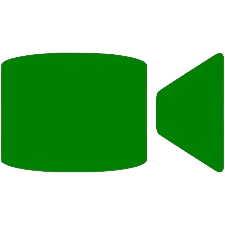NASA’s legacy isn’t confined to space exploration; it’s deeply woven into the fabric of our daily lives. From memory foam mattresses to scratch-resistant lenses, the agency’s innovations have a knack for transcending their original purpose. Now, envision a camera sculpted by NASA’s design philosophy, tailored not just for terrestrial photography but for the vast expanse of space. What form would such a device take?
Enter the NASA Camera, a concept camera with a modular architecture, allowing astronauts to customize it with components like a protective frame, ergonomic handles, a transmission antenna, built-in flash, interchangeable lenses, and a secure wrist strap. This modularity ensures that the device can be tailored to diverse mission requirements, given the unpredictable nature of space exploration.
Designer: Nathan Petiteau




Drawing inspiration from the robust design of satellites and spacecraft modules, the camera’s aesthetics are both utilitarian and evocative. Its materials and finishes echo the gear used in extra-vehicular activities, ensuring durability in the harsh environment of space. Recognizing the challenges posed by bulky astronaut gloves, the camera features handles and a wrist strap designed to provide optimal grip, ensuring that capturing the cosmos remains a seamless endeavor. Given the fairly monochrome nature of anything space-related, this one gets a Stormtrooper-esque white and black colorway too, giving it high impact as well as high contrast.


To translate the concept into reality, a full-scale 3D-printed prototype was developed. This tangible model encompassed all components of the modular system, allowing for rigorous testing of assembly, handling, and overall usability. Such prototyping underscores the meticulous attention to detail, ensuring that the camera isn’t just a theoretical marvel but a practical tool ready for the rigors of space.






The interface is a masterclass in user-centric design. Displaying real-time critical information, it offers specialized settings to adjust for the extreme variations in brightness and contrast encountered beyond our atmosphere. The controls are intuitive, facilitating swift navigation even in low-gravity or low-visibility scenarios. This ensures that astronauts can focus on the moment, rather than wrestling with cumbersome settings.




Modules are designed for zero-gravity, with more robust fixtures that allow them to stick on no matter what. Potentially, they could work in environments with higher gravity than earth too, where objects experience more strain because of the planet’s magnetic pull. The panels around the modular flash come with the same foil material seen in space blankets. Aside from that, the entire design adopts a fairly space-leaning clean aesthetic that feels very on-brand for America’s premier space organization.





















